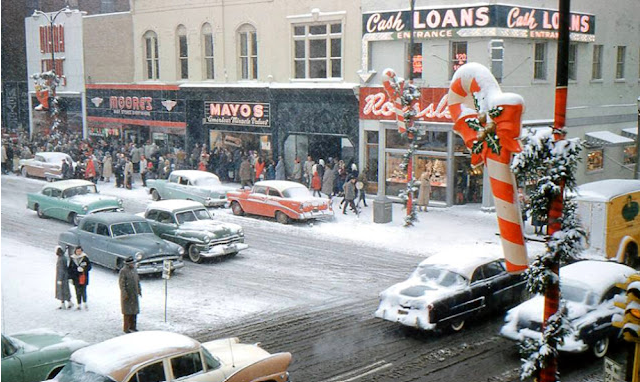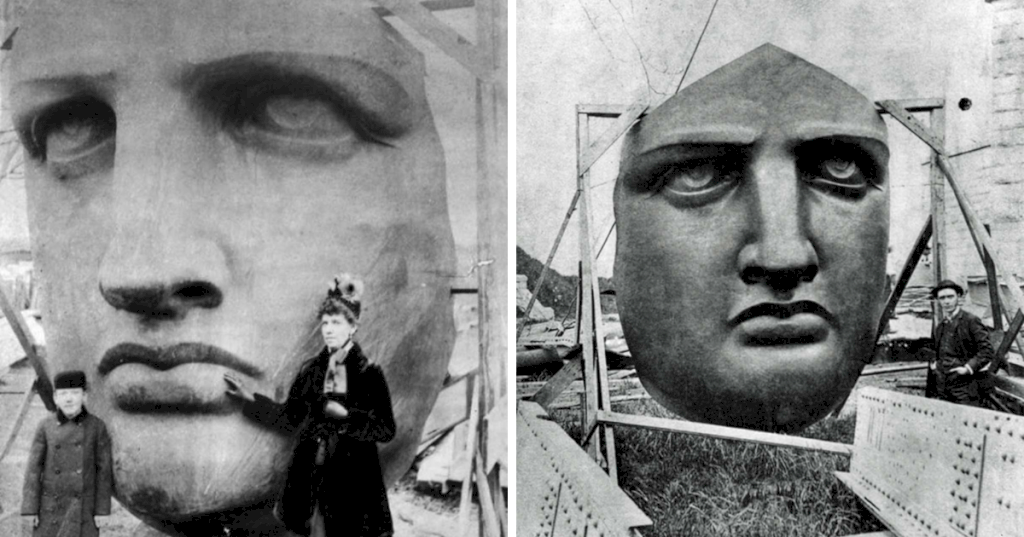The Typhoon-class ballistic missile submarines stand as emblematic symbols of Cold War military might, leaving an indelible mark that few submarines of their era could match.
As the largest submarines ever constructed, the Typhoons played a pivotal role in significantly enhancing the capabilities of Soviet submarines during the early 1980s.
Beyond their sheer size and firepower, these formidable vessels carried profound economic and political ramifications for the Soviet Union.
These colossal Typhoon-class submarines not only represented technological marvels but also embodied a strategic shift in naval warfare during the Cold War era.
Their immense size and advanced missile systems marked a notable milestone in the development of Soviet naval power.
Consequently, they ushered in a new era of maritime influence and reinforced the USSR’s position as a formidable maritime force on the global stage.

Moreover, the Typhoon-class submarines exerted significant economic pressures on the Soviet Union.
The immense costs associated with designing, building, and maintaining these titanic vessels strained the nation’s resources.
This fiscal strain, in turn, had ripple effects on the broader Soviet economy, contributing to the economic challenges that played a part in the eventual dissolution of the USSR.
With a submerged displacement of 48,000 tonnes, the Typhoons are the largest submarines ever built, able to accommodate comfortable living facilities for the crew of 160 when submerged for months on end.
The source of the NATO reporting name remains unclear, although it is often claimed to be related to the use of the word “typhoon” (“тайфун”) by General Secretary Leonid Brezhnev of the Communist Party in a 1974 speech while describing a new type of nuclear ballistic missile submarine, as a reaction to the United States Navy’s new Ohio-class submarine.

One of the hulls of TK-208 is watched over by Vladimir Lenin himself. This photo is a bit odd because the hull is out of focus but everything in front and behind is in focus.
The Typhoon class was developed under Project 941 as the Soviet Akula class , meaning shark.
It was developed with the objective to match the SLBM armament of Ohio-class submarines, capable of carrying 192 nuclear warheads, 100 kt each, but with significantly longer range.
To accommodate this increase in range, Soviet SLBMs were substantially larger and heavier than their American counterparts. The submarine had to be scaled accordingly.

Most individual Soviet and Russian submarines are designated K for Kreyserskaya or Cruiser (B for Bol’shaya or Large if diesel or old), but only the Typhoons received the special designation of TK for Tyazholaya Kreyserskaya or Heavy Cruiser.
Besides their missile armament, the Typhoon class featured six torpedo tubes designed to handle RPK-2 missiles or Type 53 torpedoes.
A Typhoon-class submarine could stay submerged for 120 days in normal conditions, and potentially more if deemed necessary (e.g., in the case of a nuclear war).
Their primary weapons system was composed of 20 R-39 ballistic missiles with a maximum of 10 MIRV nuclear warheads each.
Technically, Typhoons were able to deploy their long-range nuclear missiles while moored at their docks.

Typhoon-class submarines featured multiple pressure hulls which simplifies internal design while making the vessel much wider than a normal submarine.
In the main body of the sub, two long pressure hulls lie parallel with a third, smaller pressure hull above them (which protrudes just below the sail), and two other pressure hulls for torpedoes and steering gear.
This also greatly increases their survivability – even if one pressure hull is breached, the crew members in the other are safe and there is less potential for flooding.
The Typhoon was capable of traveling at 28 kn (52 km/h; 32 mph) submerged.

This is the sail hull. The sign says, “Order of Belopol’skiy Green Light!”
Six Typhoon-class submarines were built between 1976 and 1985. Originally, the submarines were designated by hull numbers only.
Names were later assigned to the four vessels retained by the Russian Navy after the dissolution of the Soviet Union. During the time of the Russian Federation, these boats were to be sponsored by either a city or company.
in September 2011, the Russian defense ministry decided to write off all Project 941 Akula nuclear-powered ballistic missile submarines until 2014.
The reasons for decommissioning the Typhoon-class vessels are the restrictions imposed on Russia by the Strategic Arms Reduction Treaty and the successful trials of the new Borei-class submarine.

Despite being a replacement for many types of submarines, the Borei-class submarines are slightly shorter than the Typhoon class (170 m (560 ft) as opposed to 175 m (574 ft)), and have a smaller crew (107 people as opposed to 160). These changes were in part designed to reduce the cost to build and maintain the submarines.
Probably the best-known fictional Typhoon-class submarine is the stealth-equipped Red October, the subject of the Tom Clancy novel The Hunt for Red October and its 1990 movie adaptation, starring Sean Connery as the fictional Captain Marko Ramius.

TK-208 was fitted with five-bladed symmetric screws initially. However, by the 1990s, all Typhoons had seven bladed skewback screws, which are much quieter.

The second boat, TK-202, was launched on September 23, 1982. Incredibly, every Typhoon was completed in five years or less. Color photos of Soviet subs from this time are incredibly rare.

Photo from 1980s. Her first commander, Captain First Rank A. V. Ol’khovikov, was made Hero of the Soviet Union because of his command of this revolutionary vessel. He was involved with the construction of TK-208 and watched her being made from the ground up.


One of the first glimpses of the Typhoon by Western intelligence.

All of the Typhoons were based at Zapadnaya Litsa, on the Litsa Fjord in the Kola peninsula. The crews and their families lived in Zaozyorsk (the original name was a slightly ominous-sounding “Murmansk-150”). The sign in this photo says “Restricted Area”.





The arctic ice can be up to 3 meters thick, so the Typhoons had heavily reinforced sails, missile decks, and rudders. The ballast tanks had to be huge to lift the submarine up through the ice.

Missile launch from the top of the world.

The Typhoon carried 20 missiles, 4 more than their Delta counterparts, but 4 less than the American Ohios.

Missile loading from a shore-based crane.



The fiberglass covering for the MGK-503 Skat-KS (NATO Shark Gill) is in the lower half of the bow. There are several conformal arrays abaft of it.





The Soviet Navy and its submarine force were glorified as symbols of Soviet power and innovation. The Soviets wanted to have the best submarines, and although they got off to a bad start with their unreliable early nuclear boats, by the end of the Cold War, their submarines were at the top.


Doskoi, the first Typhoon, was modified to Project 941U (09411) and later to Project 941UM (09412) to serve as a test-bed for the Bulava SLBM used on the Borei SSBNs.
(Photo credit: u/Vepr157 / Wikimedia Commons / Pinterest).



